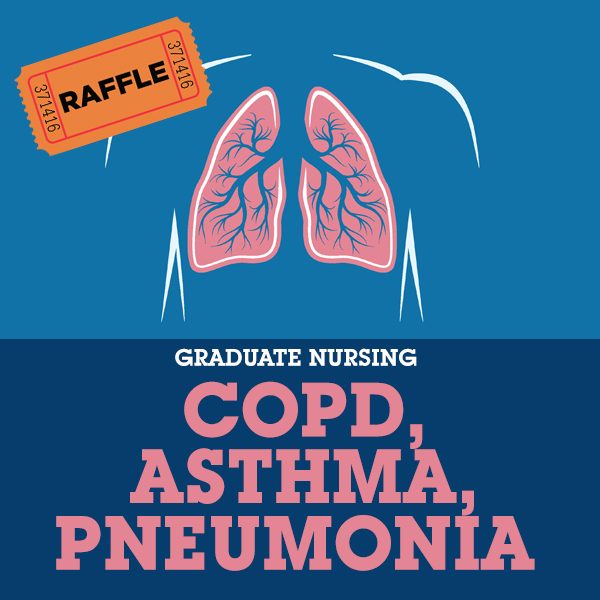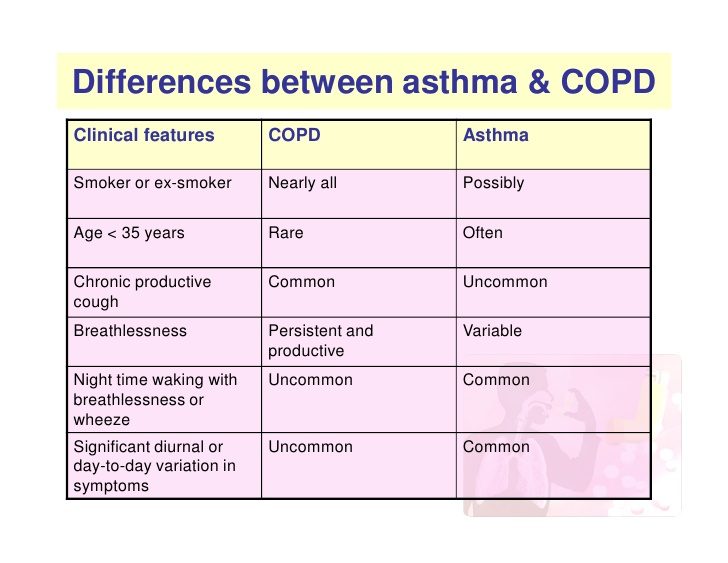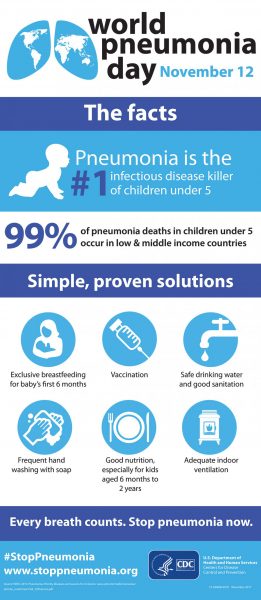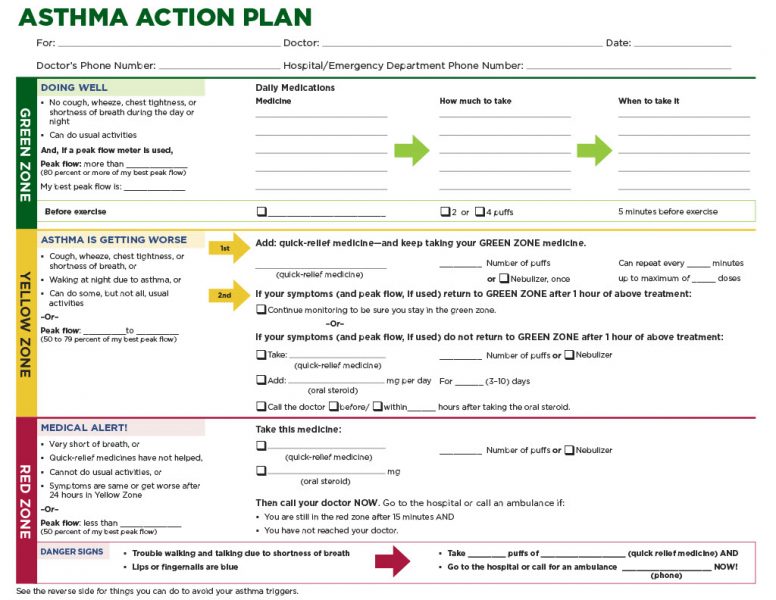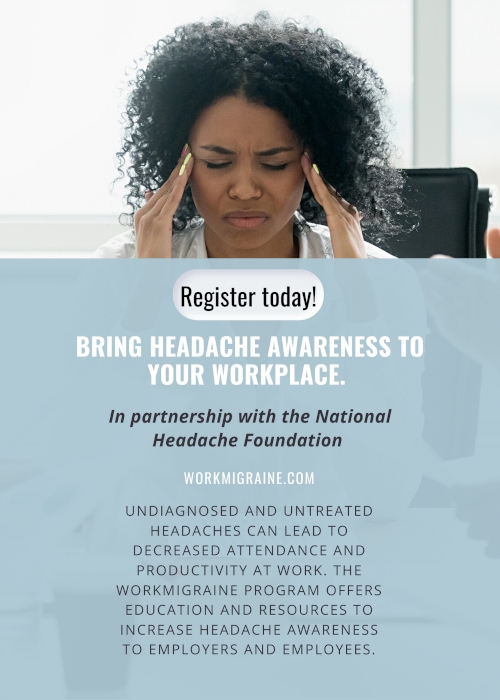About
YOU COULD WIN!
Prizes available:
Reusable/washable masks
Acupunture session
Incentive Spirometer
Hand Sanitizers
Pulse Oximeter
COPD
Chronic obstructive pulmonary disease (COPD) is a long-lasting lung disease where the small airways in the lungs are damaged making it harder for air to get in and out
- Caused by smoking
- Progressive disease leading to use of oxygen
- Common symptoms: include shortness of breath, wheezing, and chronic cough.
- No cure for COPD, but to stop smoking, medications, and therapy
COPD is the third most common cause of death in the United States.
-COPD occurs most often in older adults.
-Past or present smoker
-More prevalent elderly population, greater than 65 years old
-Genetic predispositions
Treatments
-While there is no cure for COPD, treatment is available to manage the symptoms that are caused by COPD and improve quality of life
-Medications such as: Inhalers
-Pulmonary rehabilitation
-Physical activity training
-Oxygen treatment
-Acupuncture
What is a COPD Flare-Up?
COPD patients often dismiss COPD flare-ups as “part of the disease” and do their best to get through them. Here are some examples of COPD flare-ups:
- Feeling out of breath
- Coughing excessively
- Using your rescue inhaler more often than normal
- Needing emergency care
- Feeling fatigued for more than a day
- Seeing a change in amount, color, or thickness of mucus
- Frequent respiratory infections
Asthma
Asthma is an inflammatory response causing constriction of the airway.
- Causes/triggers–Allergens: pollen, dust mites, mold spores, pet dander, air pollutants/irritants, such as smoke
- Symptoms: shortness of breath, chest tightness, wheezing, and cough
Asthma Risk Factors
–Blood relative with asthma
–Having another allergic condition
–Being overweight
–Smoker, exposure to second hand smoke
–Exposure to exhaust fumes, or other air pollutants
Pneumonia
Pneumonia infection or inflammation of the lungs. The air sacs fill with pus and other liquid, blocking oxygen from reaching the bloodstream.
How is Pneumonia a public health issue?
-Influenza is a common cause of pneumonia, especially among younger children, the elderly, pregnant women, or those with certain chronic health conditions or who live in a nursing home.
-Flu is a highly contagious viral infection that is one of the most severe illnesses of the winter season.
Symptoms: Headache, fever, chills, cough with phlegm, pleuritic chest pain, shortness of breath, generalized weakness
-Influenza is spread easily from person to person, usually when an infected person coughs or sneezes.
Pneumonia Vaccine is the best prevention
Useful links
Asthma Action Plan | NIH
FLARE-UP QUIZ | Listen to Your Lungs
7 Foods for Eating Well With a Chronic Lung Condition
PROVIDES AT HEALTH FAIR
Hold on, this information is only available to logged in users. Login or Create Account.
OUR WORKSHOPS/SCREENINGS/CLINICS
Hold on, this information is only available to logged in users. Login or Create Account.
Our Locations
Hold on, this information is only available to logged in users. Login or Create Account.
Provider Reviews
Hold on, this information is only available to logged in users. Login or Create Account.

